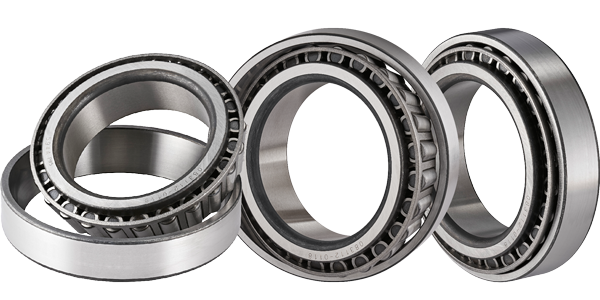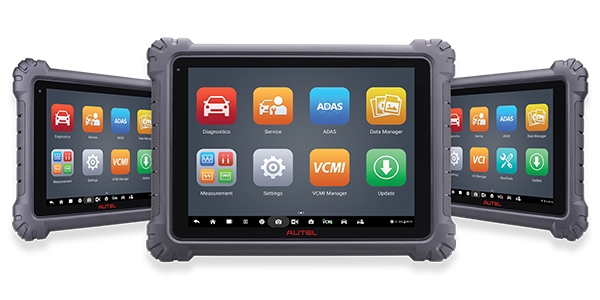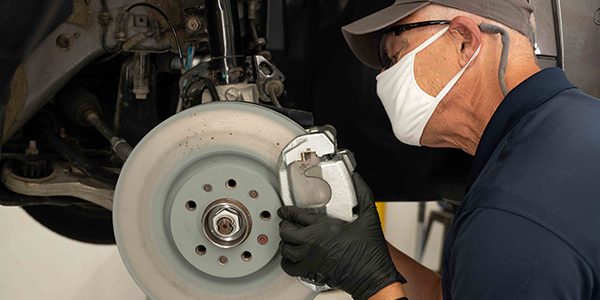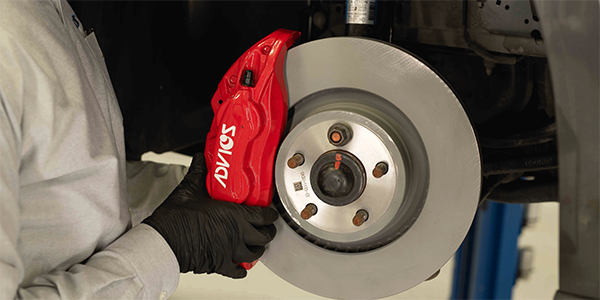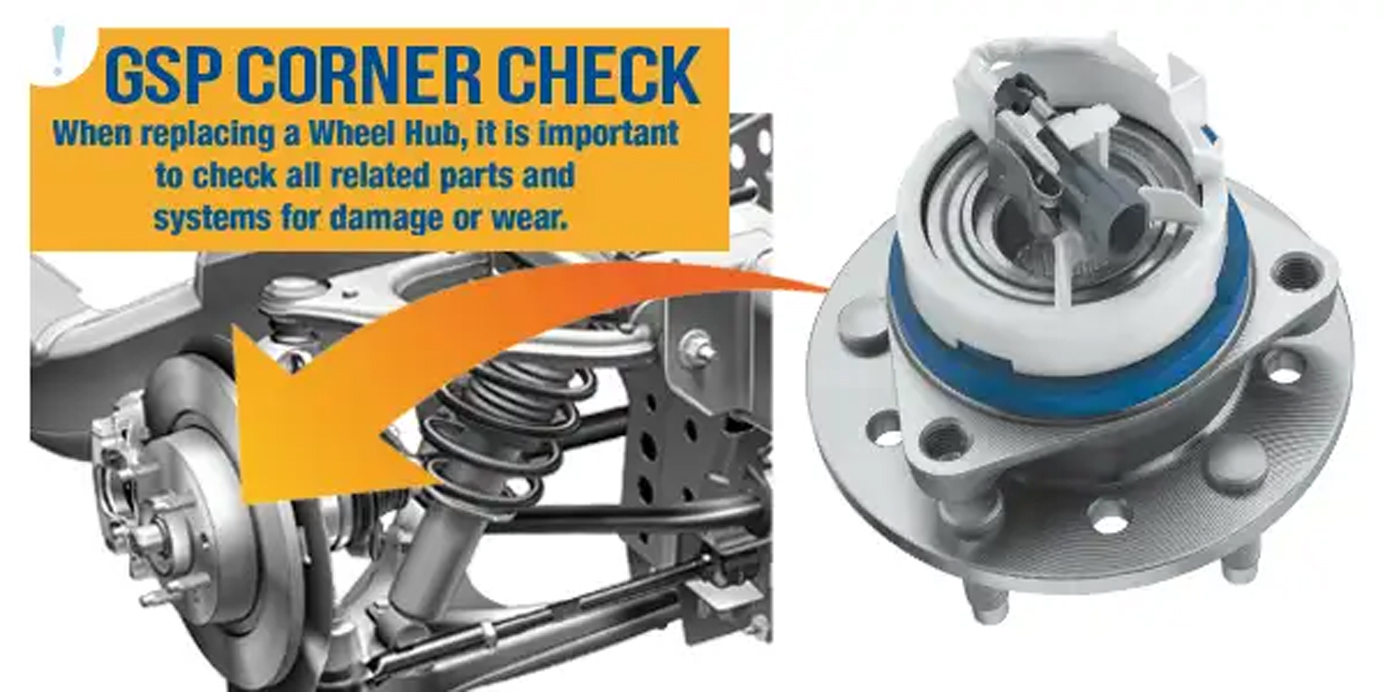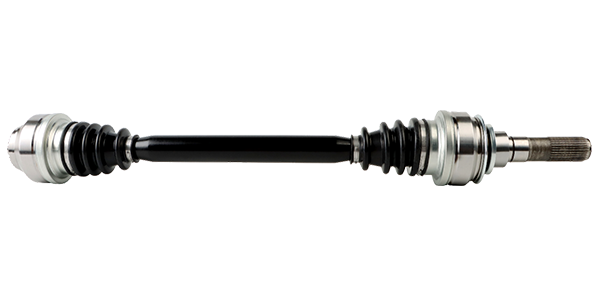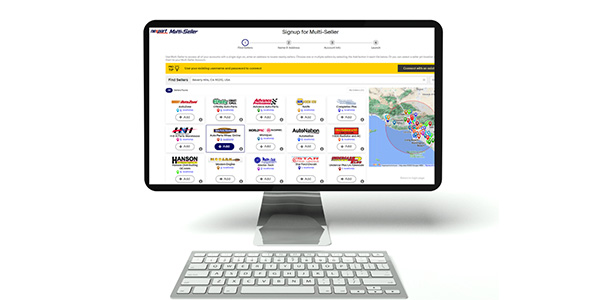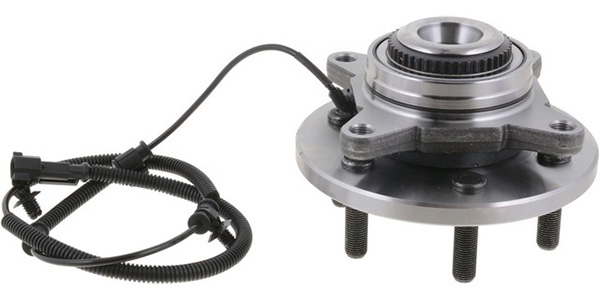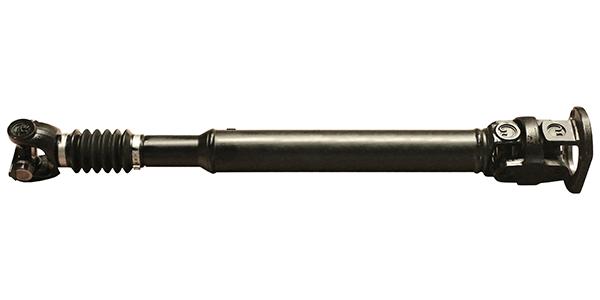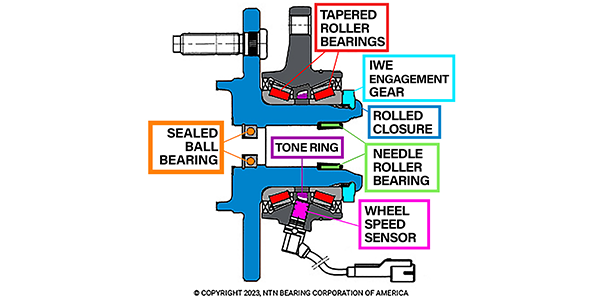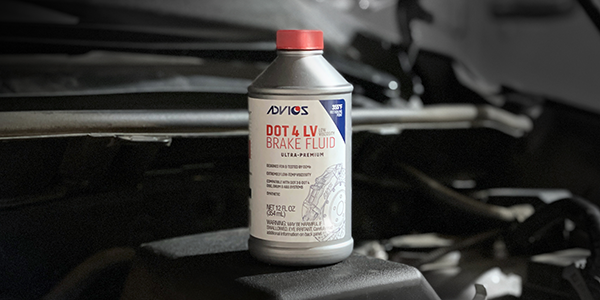Welcome to Part 2 of our article on the benefits of using OE-quality parts. As we stated in Part 1, all aftermarket auto parts are not created equal. Whether you’re a technician, retailer or distributor, it’s important to select quality aftermarket parts, and recommend them to your customers. When a consumer purchases a vehicle, they have an expectation that the parts and components are engineered and manufactured to the highest standards to perform as the OE vehicle manufacturer intended. However, when replacing those OE parts, they are often faced with choosing between a premium, OE-quality part, and a lower cost, economy part, and they will often defer to a technician or counterperson to make a recommendation.
There are a number of factors that can contribute to differences in the quality and reliability of a premium, OE-quality part when compared to an economy part. In Part 1, we focused on the quality of the raw materials and components used to manufacture wheel bearings. In Part 2, we will focus on how engineering and manufacturing processes differ between premium, OE-quality parts and lower-cost, economy parts, and what those differences mean to you.
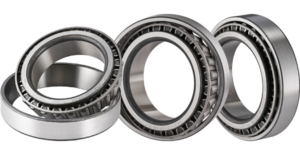
When it comes to manufacturing auto parts, the quality and cleanliness of the raw steel used is of the utmost importance, but starting with quality steel is only part of the story. The manufacturing processes used to work that steel into a finished product are equally important. These precision processes include forging, turning, heat-treating, grinding and polishing; they are critical to the quality of the end product and vary widely between OE-quality parts and economy parts.
In the case of bearing manufacturing, OE-quality bearing components are precision heat-treated to achieve the ideal balance of the hardness and durability needed for the specified application. For example, OE-quality tapered roller bearings intended for heavy-duty applications are case-hardened (also known as case-carburized). The case carburization process creates bearings with a hard, wear-resistant outer shell and a tough, ductile core. The tough outer shell helps protect the rolling elements from damage, while the ductile core allows the bearing to both absorb increased shock loading and operate under misalignment without failing. Lower-cost, economy bearings use lower levels of surface hardening or through-hardening, because those processes are less costly and require less time, which results in an end product that is more brittle and not able to stand up to the same levels of wear and tear.
After the forging and heat-treating processes are completed, the bearing components, including balls/rollers, inner rings and outer rings, still need to be ground and polished. OE-quality processes include high-precision grinding, followed by polishing and superfinishing of the bearing components to achieve the smoothest surfaces and tightest tolerances possible, which are further enhanced by the precision matching of the OE-quality bearing components during final assembly. These OE-quality finishing processes result in a much lower roughness average than you would find in lower-cost, economy bearings, leading to lower rolling resistance, decreased NVH, increased part life, higher load capacity, better sealing properties and a reduced break-in period. As part of the treatment process, OE-quality bearings also will receive an additional coating for increased corrosion- and wear-resistance. After final assembly, the bearings are cleaned, lubricated, noise/vibration tested and quality checked. There are also additional inspections performed at various stages during the OE-quality manufacturing process to ensure that the final parts meet product specifications. Although the above processes are critical to the performance and lifespan of the OE-quality part, many of these steps are passed over on economy parts as they add cost and time to the process.
By recommending a premium, OE-quality part, you can offer your customer assurances that the manufacturing processes used are up to OE standards, instilling confidence in the safety and reliability of the part, avoiding comebacks and resulting in satisfied customers.
We hope you enjoyed our two-part series on the differences between premium, OE-quality parts and lower-cost, economy parts. If you would like to learn more about how OE-quality crosses the line into the aftermarket, visit us at BCABearings.com.

